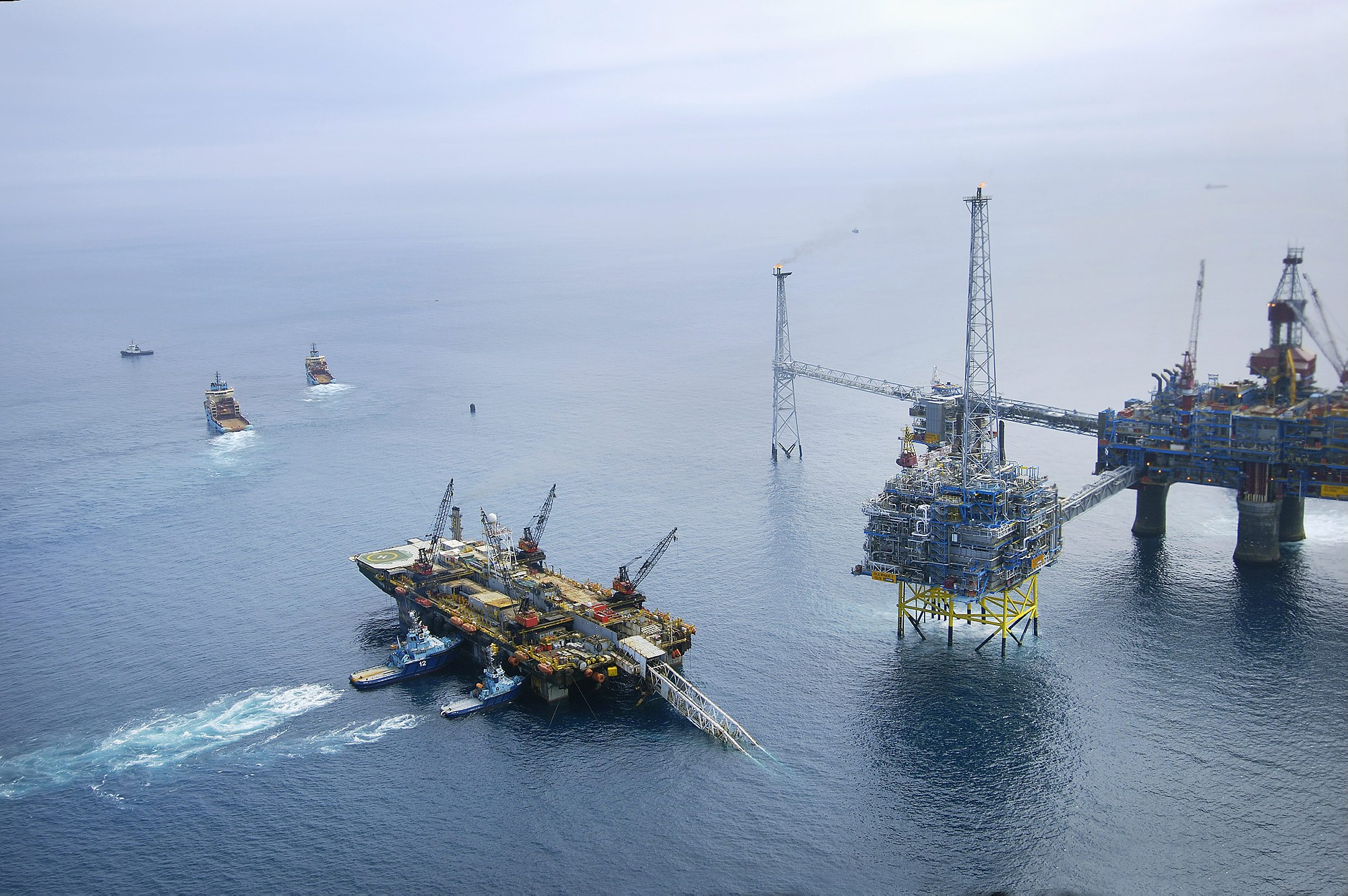Studies on a proposed subsea gas pipeline connecting Iran and India show the ambitious plan is feasible, managing director of National Iranian Gas Export Company, said on Wednesday.
An Indian company and some European firms conducted the studies," Alireza Kameli was also quoted as saying by IRNA.
"According to South Asia Gas Enterprise Ltd., aka SAGE, the mega initiative to transfer gas from Chabahar in Iran and Ra’s al Jifan in Oman to Porbandar in the Indian state of Gujarat is definitely feasible from a technical standpoint."
Elaborating on technical issues, Kameli noted that the 3,000-kilometer pipeline, 1,400 km of which will be laid under the sea, is projected to cost $5 billion, with parts of the one-of-a-kind pipeline laid at a depth of 3,500 kilometers.
"As momentum for completing the Iran-Pakistan gas pipeline, also known as IP pipeline, has slowed due to Pakistan's funding problems, Indians have shown interest in building a separate pipeline with exclusive access to Iran's gas," he said, adding that if it were to materialize, India will not be dependent on importing gas through Pakistan.
Pointing to the preliminary agreements, the official said, "In the first phase of the project, 31 million cubic meters of gas will be delivered to India per day. The pipeline will bypass the exclusive economic zone of Pakistan. "
India's Proposal
According to Kameli, Iran is waiting for the Indian proposal to know how and at what expense SAGE will undertake the project.
In case the development method is approved and the profit margin proves to be economical for Iran, final negotiations will be concluded in the near future.
Asked about the Middle East to India Deepwater Pipeline, a top Indian government official told Tribune India, “Yes, the deal for the Iran-India subsea gas pipeline will be done sooner or later. Matters have become easier as the international economic sanctions on Iran have been lifted.”
Currently, the longest underwater pipeline links Norway to the UK, with an approximate length of 1,200 kilometers.
Iran has close to 34 trillion cubic meters of natural gas reserves, which is around 18% of the total global natural gas reserves. This means Iran has the potential to become a major player in the natural gas market when the sanctions are lifted by the yearend.
Iran's strategic location can help meet the growing natural gas demand of Asian countries like India, China and Pakistan, and is therefore planning a number of gas pipelines to boost exports. India and Pakistan present the most promising market for gas exports in the medium term, but even Europe is not out of reach in the long run.
Although Iran has the biggest global natural gas reserves, it currently contributes just 1% to the total global natural gas trade with almost 90% of its natural gas exports going to Turkey, while the remainder goes to Armenia and Azerbaijan.


